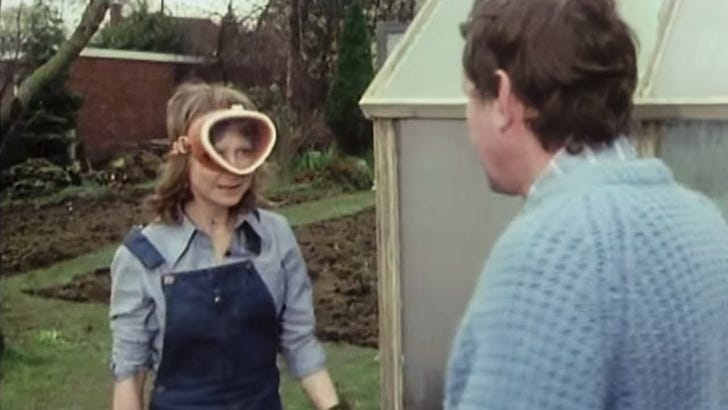My Path to Seeking the Good Life - Part 1
Why does the idea of a good life matter? In this essay I explain where I am coming from when writing Seeking the Good Life, with some thoughts about my own influences.
A few days before my 39th birthday England entered its first lockdown in response to the Covid pandemic. A year later I turned 40. Again, we were in lockdown. It wasn’t much of a celebration. But that really didn’t matter. Forty has an importance to me that isn’t just about getting older. It wasn’t something to celebrate, but instead, it was asking me to reflect and ponder on my life and its meaning.
Why am I here?
What is my purpose?
What will I leave behind?
Okay, it was about getting older, but it wasn’t just that. Let’s be honest, I don’t think I’d have been much fun at a birthday party, anyway!
Forty matters because of the silliest of things: the 1970s sitcom called The Good Life, which I’ve mentioned before in this newsletter. Running to 30 episodes, The Good Life told the story of Tom Good and his wife, Barbara quitting the rat race and taking up self-sufficiency in their suburban house. They lived for the moment and were happy.
I wasn’t born when The Good Life first aired, but the BBC repeated it enough times for my parents to record it on Betamax tapes. Episodes of The Good Life repeated over and over throughout my childhood. I soon knew every episode by heart and could laugh at the jokes before they aired.
I was watching and re-watching these episodes in the 1980s. This was Thatcher’s Britain; a somewhat fraught decade in which it was becoming increasingly obvious that there was something not quite right with the world. Even as a child, I could spot this. There was a yearning amongst the adults to escape the rat race, to be something slightly different than what society had made them. As a child, the ‘Good Life’ seemed to me to be a genuinely good life and one that was worth pursuing and seeking out.
Jump forward to the early-2000s.
Keep reading with a 7-day free trial
Subscribe to Seeking the Good Life to keep reading this post and get 7 days of free access to the full post archives.


